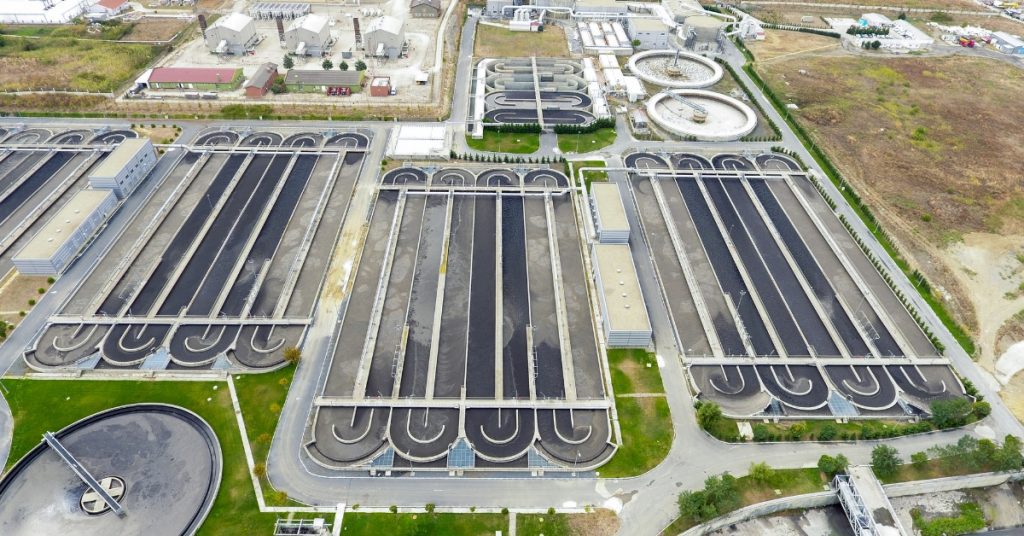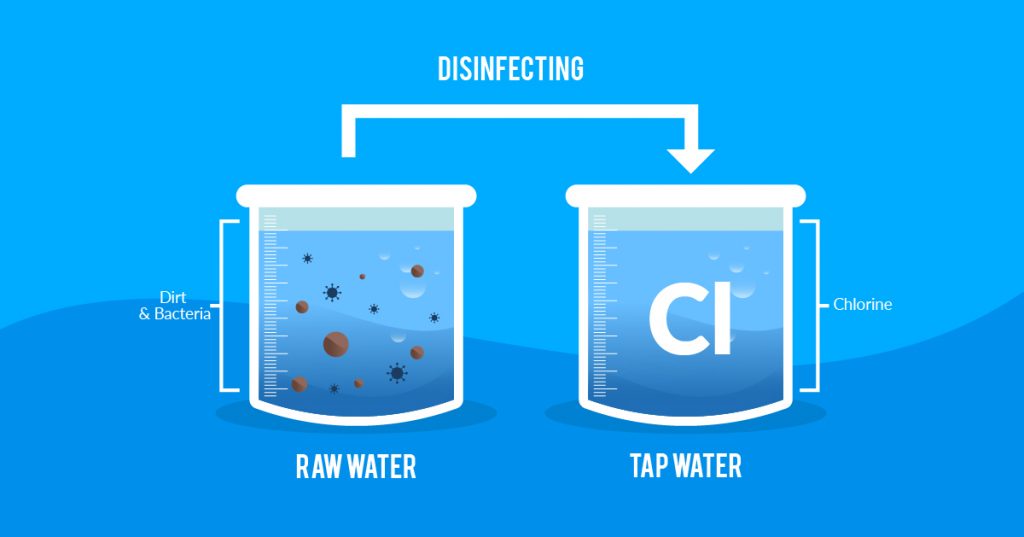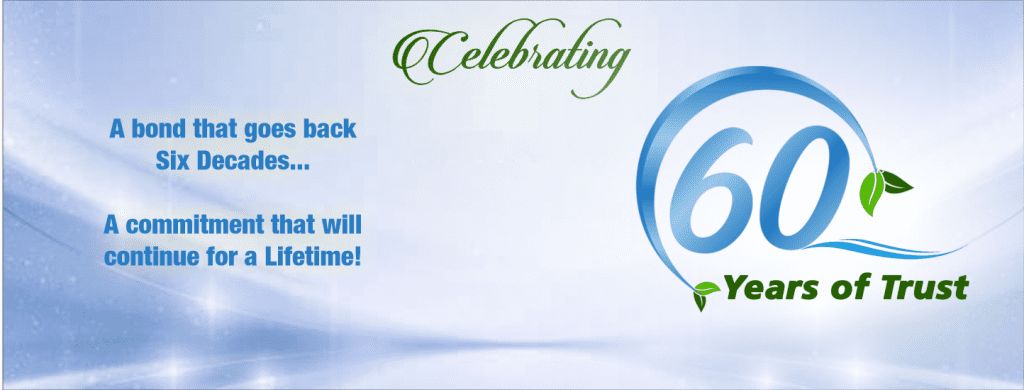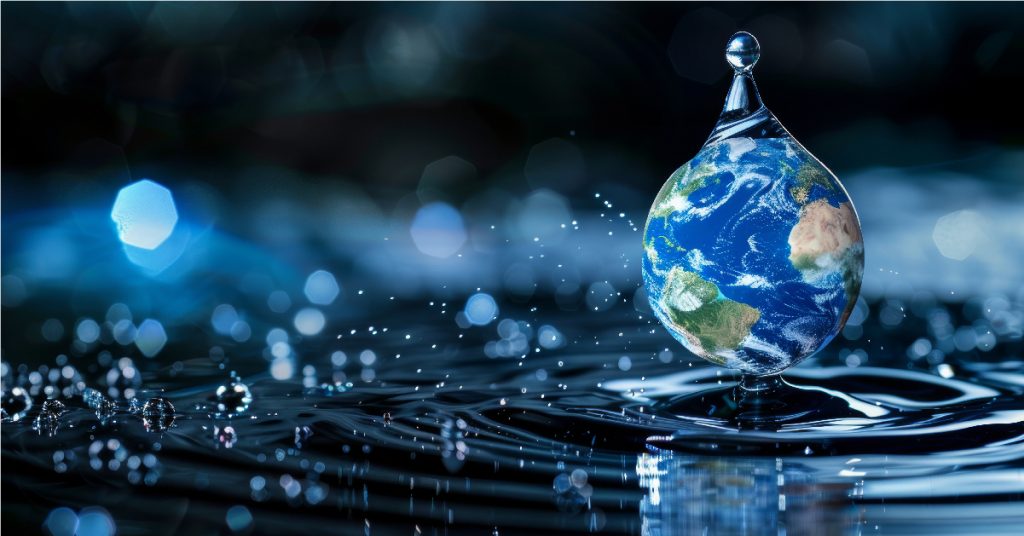Water is an essential element for virtually every industry, but not all water is suitable for every purpose. In sectors where even the smallest impurities can compromise quality or efficiency, demineralised water becomes the go-to solution. In the USA, industries from pharmaceuticals to electronics rely on this ultra-pure form of water for a wide range of applications.
This blog explores what demineralised water is, how it is purified, how it compares to distilled water, and the various industries that depend on it.
What is Demineralised Water?
Demineralised water, also known as deionised water, is water that has had most of its mineral ions, such as calcium, magnesium, sodium, chloride, sulfate, and bicarbonate, removed. These ions are typically present in tap water and natural water sources and can interfere with sensitive industrial processes.
The production of demineralised water involves specialized filtration systems that remove these dissolved salts, resulting in highly purified water with a low conductivity level and minimal ionic content.
Demineralised Water vs Distilled Water: What’s the Difference?
Many people wonder about the difference between demineralised water vs distilled water. While both are purified forms of water, the purification methods and end applications vary significantly:
- Demineralised Water: Produced using ion-exchange resins or reverse osmosis systems. It is faster and more cost-effective for large-scale use and retains some organic matter unless combined with other purification steps.
- Distilled Water: Created through boiling and condensation, effectively removing minerals and most impurities. It’s generally purer in terms of microbial content, but it is slower and more energy-intensive to produce.
How is Demineralised Water Produced?
There are several methods to produce demineralised water, but ion exchange and reverse osmosis are the most commonly used techniques in the United States.
- Ion Exchange: This is the traditional and most widely used method. Water is passed through two types of ion-exchange resins:
- Cation Resin: Replaces positive ions (e.g., calcium, magnesium, sodium) with hydrogen ions.
- Anion Resin: Replaces negative ions (e.g., chloride, sulfate, nitrate) with hydroxide ions. The hydrogen and hydroxide ions then combine to form pure water.
- Cation Resin: Replaces positive ions (e.g., calcium, magnesium, sodium) with hydrogen ions.
- Reverse Osmosis (RO): In reverse osmosis systems, water is forced through a semi-permeable membrane under pressure. This membrane blocks minerals and other dissolved solids, allowing only pure water molecules to pass through.
- Mixed Bed Systems: For ultra-pure applications, mixed bed ion-exchange systems combine both cation and anion resins in a single unit. This method is often used for polishing water after initial treatment through RO or separate ion exchange beds.
- Additional Polishing: In critical applications, such as semiconductor manufacturing or laboratory processes, additional filtration methods like activated carbon filters, UV sterilization, or electrodeionization may be used to ensure the highest level of purity.
Demineralised Water Uses Across Industries
The list of demineralised water uses is long and diverse. Here are some of the most common industrial and commercial applications in the USA:
- Power Generation: In thermal and nuclear power plants, demineralised water is used as boiler feedwater to prevent scale and corrosion in turbines and boilers.
- Pharmaceutical Industry: Drug manufacturing and equipment sterilization require high-purity water to ensure product safety and efficacy.
- Electronics and Semiconductors: Production processes in this sector demand water with virtually no ionic contaminants to avoid damaging sensitive electronic components.
- Food and Beverage Industry: Demineralised water is used for ingredient mixing, cleaning, and as a base in products where mineral content must be controlled.
- Laboratories and Research: Analytical and chemical testing often requires water with known and minimal ionic content to maintain test integrity.
- Cosmetics and Personal Care: Many formulations require pure water to maintain product consistency and prevent unwanted chemical reactions.
- Automotive and Metal Finishing: Demineralised water is used in battery manufacturing and metal cleaning processes to avoid mineral residue.
Advantages of Using Demineralised Water
- Prevents scaling and corrosion in industrial equipment
- Ensures high-quality end products
- Reduces downtime and maintenance costs
- Improves efficiency in heating and cooling systems
- Provides consistency in chemical formulations
Ion Exchange: Leading the Way in Demineralised Water Solutions
INDION New Generation Swift Softener (Short Cycle Softening Plant)
The INDION New Generation Swift Softener is designed to remove scale-forming ions like calcium and magnesium from water effectively. Its standout feature is the shorter regeneration time, making it ideal for short-cycle operations. This lightweight and easy-to-install system boasts a quick 30-minute regeneration cycle. Assembled and tested at the factory, all units are ready for installation and commissioning within a day. With auto-operation and low maintenance, it ensures hassle-free usage. Key features include an automatic unit with a multiport valve that can withstand pressures up to 5.5 kg/cm2, a special grade of monosphere resin, low wastewater volume, and a short operating cycle of just 3 hours. It tolerates hardness up to 600 ppm and is constructed with durable fiber-reinforced plastic (FRP). Available in seven models, it offers flow rates ranging from 3.5 m3/h to 20 m3/h, catering to various requirements.
INDION Layered Bed Anion System
The INDION® Layered Bed Anion (LBA) unit is an innovative solution to maximize efficiency and minimize costs. This single-vessel system combines two types of resins, INDION LBA-WB and INDION LBA-SB, in a layered configuration with downflow service. This setup delivers the high chemical efficiency of a traditional two-bed system within one vessel, significantly reducing the need for additional equipment, piping, and valves. The result is excellent treated water quality and optimal use of regenerants, making the system both cost-effective and efficient. The INDION LBA system offers several advantages, including capital cost savings, a smaller footprint, high throughput capacity, and lower operating costs. Its contemporary design also ensures easy integration into existing systems, providing the lowest cost of production for demineralized water.
INDION Layered Bed Cation System
The INDION® Layered Bed Cation Unit is an innovative single-vessel system featuring layers of two resins. It combines INDION weak acid cation resin on top of INDION strong acid cation resin with a downflow service. This design delivers the high chemical efficiency of a two-bed weak acid cation and strong acid cation system within one vessel, eliminating the need for additional vessels, associated piping, and valves. The system enhances the chemical regeneration of the strong acid-cation resins, ensuring superior treated water quality and optimal regenerant utilization. Key advantages include capital cost savings, a lower footprint, and high efficiency in chemical usage due to its substantial throughput capacity.
INDION Elegant: Advanced Twin Bed Deioniser
The INDION Elegant system revolutionizes water treatment with its twin-bed deioniser, incorporating state-of-the-art counter-current flow ion exchange technology previously only available in large, custom-designed plants. Utilizing strong acid cation (SAC) and strong base anion (SBA) resins in columns, the system offers optional features like a degasser tower (DGT) and a layered bed anion (LBA) column to produce high-quality demineralized water at significantly lower capital and operating costs. The exceptionally compact, skid-mounted design on a corrosion-resistant frame includes stainless steel pumps and offers a standard range of 10–120 – 120 m³/h in either manual or PLC automatic control modes. It uses INDION uniform particle-size resins in a counter-current mode to produce water with a conductivity of 1–10 μS/cm and reactive silica of 10–30 ppb. Optional HMI provides system status read-outs, audible alarms, and no-flow alarms. With a smaller footprint than conventional demineralizer plants, INDION Elegant ensures minimal installation and commissioning time and cost.
INDION SWIFT 5 Gx Series: Short Cycle Rapid Regeneration
The latest INDION Swift 5 Gx series brings a family of automatic twin-bed deionisers, utilizing advanced counter-flow ion exchange technology, previously exclusive to large custom plants. With a regeneration time of just 35 minutes and a minimum service cycle of four hours, the need for standby plants and large water storage volumes is significantly reduced. This exceptionally compact series is skid-mounted on a corrosion-resistant frame, which includes a stainless steel multi-purpose pump. This pump not only optimizes plant performance during service and regeneration but also offers several recirculation options to maintain high water quality in the treated water tank. Key features of the INDION Swift 5Gx series include enhanced bacterial control, reduced treated water storage costs, near-neutral effluent, and high-quality treated water with conductivity between 1-10 µS/cm. Additionally, it boasts low operating costs, a quick start-up time, and a low footprint, making it an efficient and economical solution for high-quality water needs.
INDION SWIFT Plus Demineralizer
The latest Indion Swift Plus range features advanced automatic twin-bed deionizers with state-of-the-art counter-flow ion exchange technology, previously found only in large, custom-designed plants. These rapid regeneration units are volume-controlled and pre-programmed in a PLC based on the type of feed water, allowing for a swift 35-minute regeneration after a minimum service cycle of two hours. This minimizes the need for a standby plant and reduces the storage of large water volumes. The Indion Swift Plus is exceptionally compact, skid-mounted on a corrosion-resistant frame, and includes a stainless steel multi-purpose pump. Key features include mixed-bed quality water at minimal cost, an additional cation polishing stage for enhanced quality, an average resistivity of purified water at 10 MΩ·cm with neutral pH, a small footprint, and high chemical efficiency. The Swift Plus delivers up to 330 m³/day on feed water of 100 ppm total anion feed, with no need for additional regenerant chemicals and a quick 35-minute regeneration time.
INDION New Generation: Two-Bed Deionisers with Degasser Tower
The INDION Industrial Two-Bed Upflow Deionisers Type CA and CDA units are designed to meet the requirements for producing small quantities of demineralised water, with flow rates ranging from 1.0 to 15.0 m3/h. For larger demands, flow rates can be increased to 35 m3/h by installing multiple units in parallel. These free-standing, compact units are easy to install and maintain. The CA units come equipped with all necessary components for the regeneration of ion-exchange resins. Constructed entirely of plastic, they are corrosion-resistant and require minimal maintenance. The modular design allows for easy capacity enhancement, making them a flexible and efficient solution for your deionisation needs.
Sustainability and Regulation in the USA
In the USA, industries using demineralised water must comply with local and federal environmental regulations, especially concerning the discharge of brine and other byproducts from the purification process. Many facilities have adopted sustainable practices, such as water recycling and zero-liquid discharge systems, to minimize environmental impact.
Conclusion
Demineralised water is a cornerstone of modern industrial processes across the USA. From ensuring the purity of life-saving medications to enabling the smooth operation of high-tech manufacturing equipment, its applications are wide-reaching and essential. Understanding the differences between demineralised water vs distilled water, as well as the best purification methods for specific applications, helps businesses make informed decisions.





